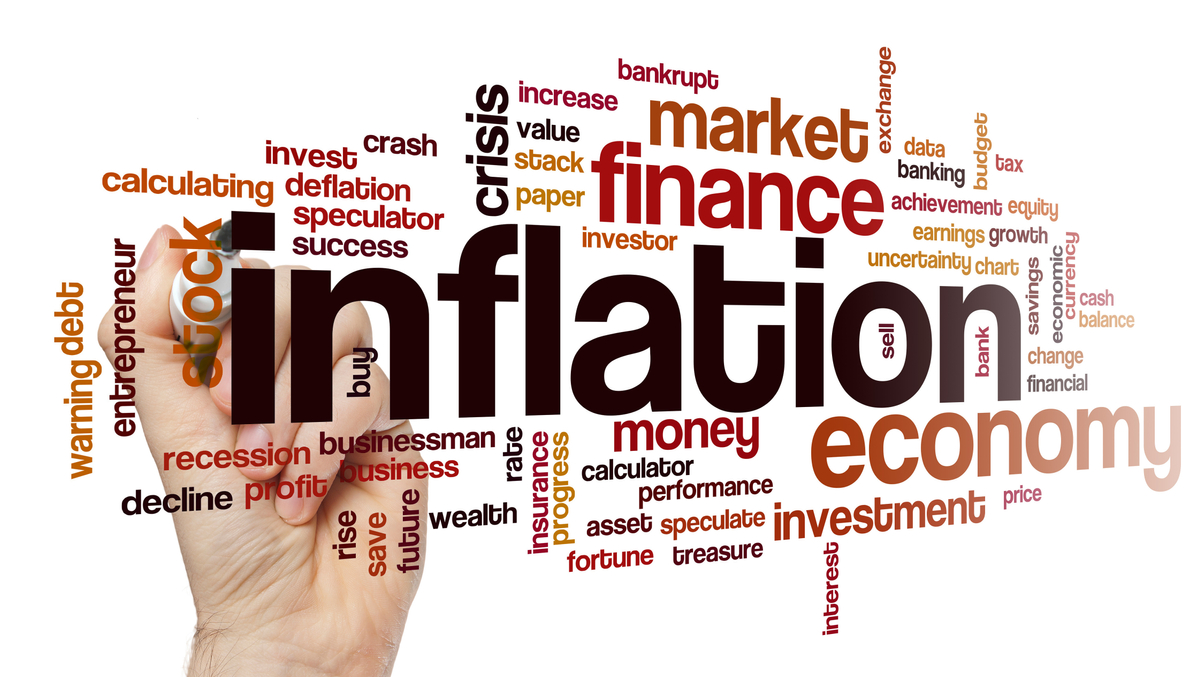Insurers use creative strategies to counter inflation
There are many ways to adjust to inflation, from diversification to updating pricing on contracts, the audience heard at AsianInvestor’s Insurance Investment Briefing in Hong Kong.

As inflation affects markets in the US and Europe, insurance companies have had to be creative and adjust accordingly to the new environment.
Sign in to read on!
Registered users get 2 free articles in 30 days.
Subscribers have full unlimited access to AsianInvestor
Not signed up? New users get 2 free articles per month, plus a 7-day unlimited free trial.
¬ Haymarket Media Limited. All rights reserved.


